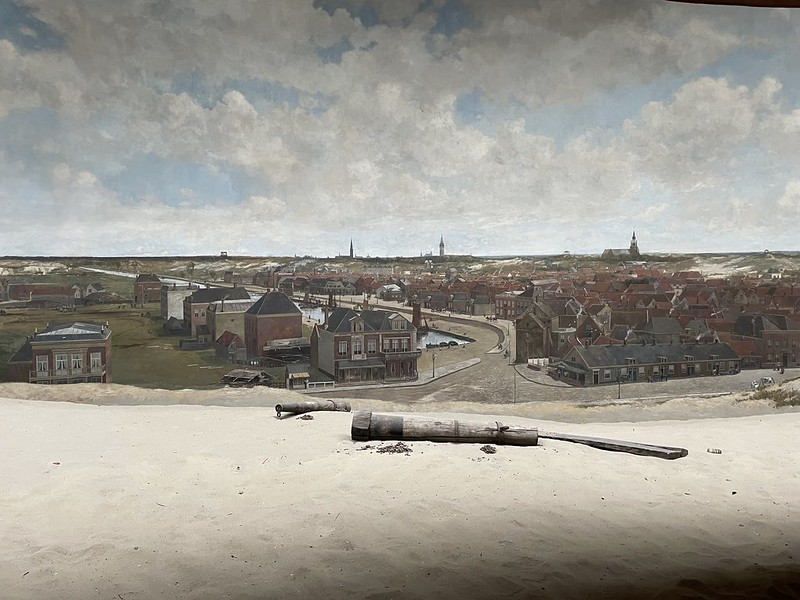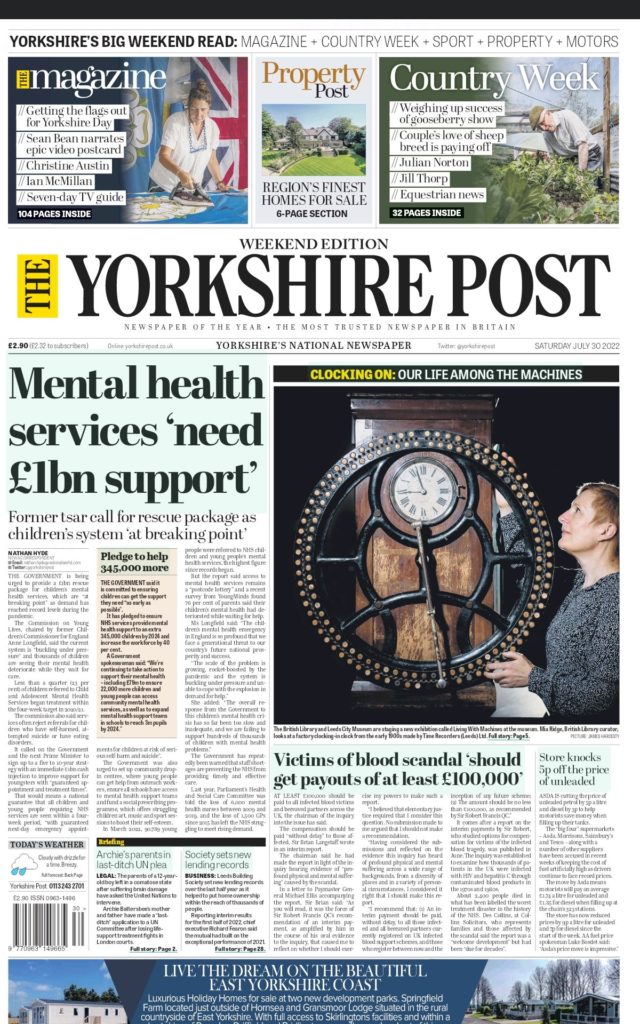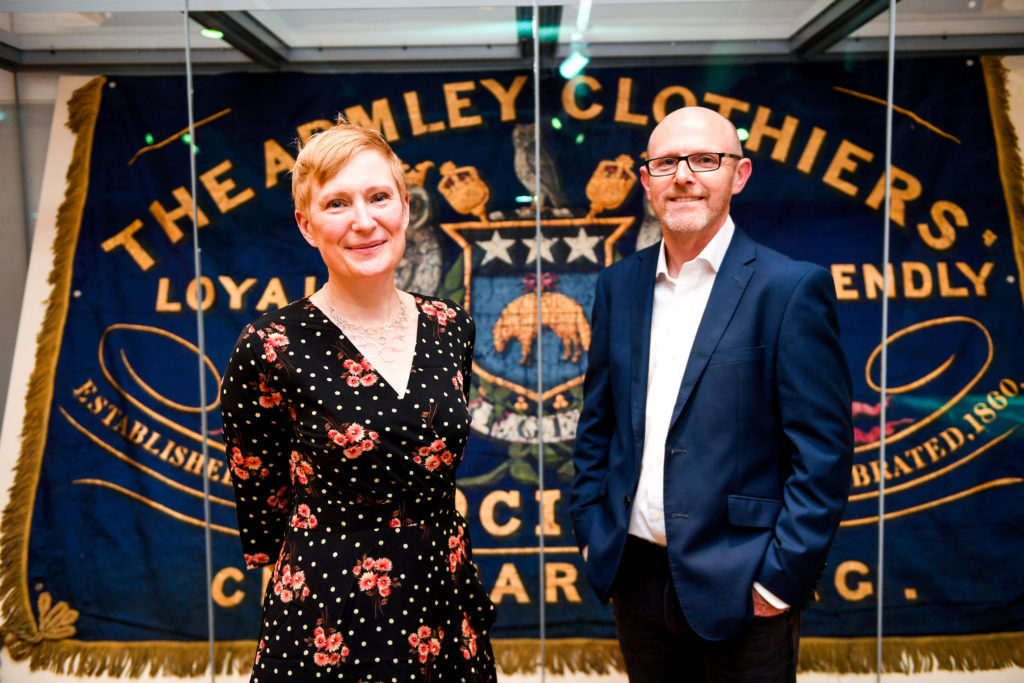The EuropeanaTech 2023 conference was held in The Hague, the Netherlands and online from 10 – 12 October 2023. My slides are online.
My abstract: I’ll begin with an overview of current developments in AI and machine learning, then present work with crowdsourcing from the Living with Machines project to think about what AI means for online volunteers and communities around digital cultural heritage. I’ll share new thinking on ‘volunteer enrichment’ – participation in crowdsourcing that not only enriches and enhances collections records, but also enriches the lives of volunteers. How can we embed GLAM values when we apply AI and machine learning tools in our work?
In preparing my keynote I revisited my keynote for EuropeanaTech 2011, and reflected on work on crowdsourcing, data science and AI at the British Library, the Collective Wisdom project and Living with Machines since then.



